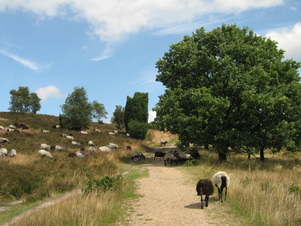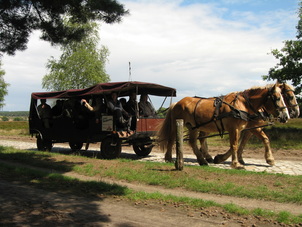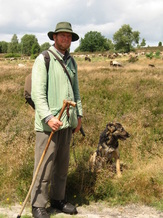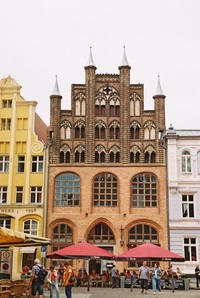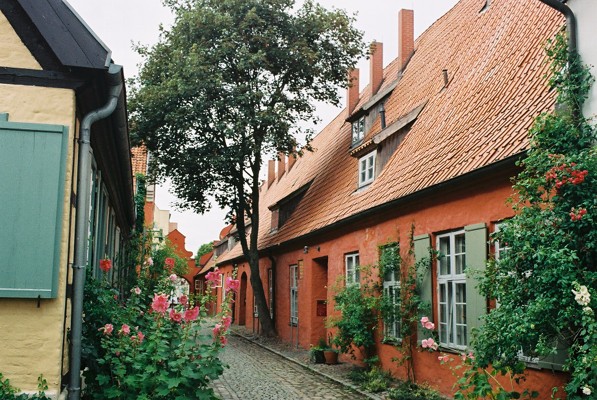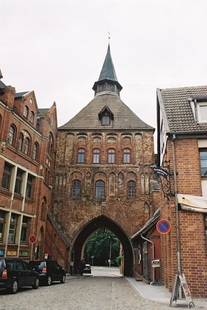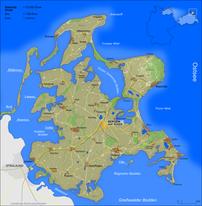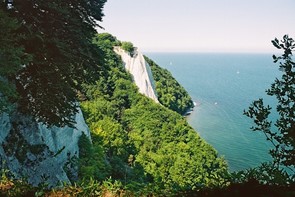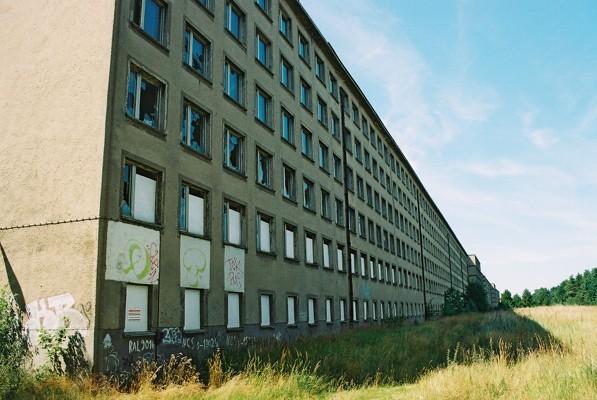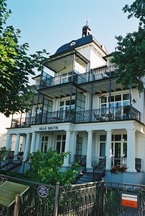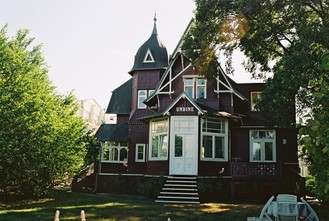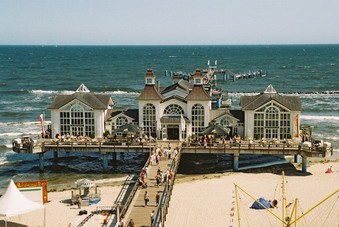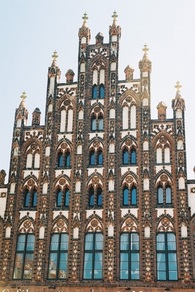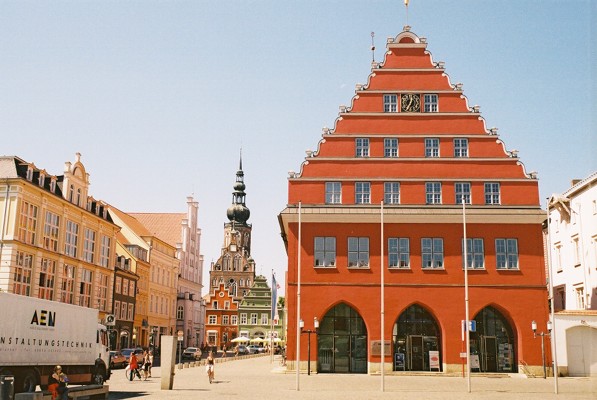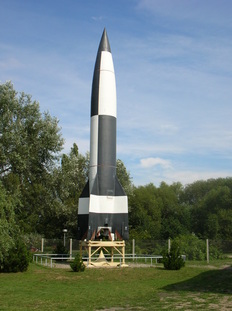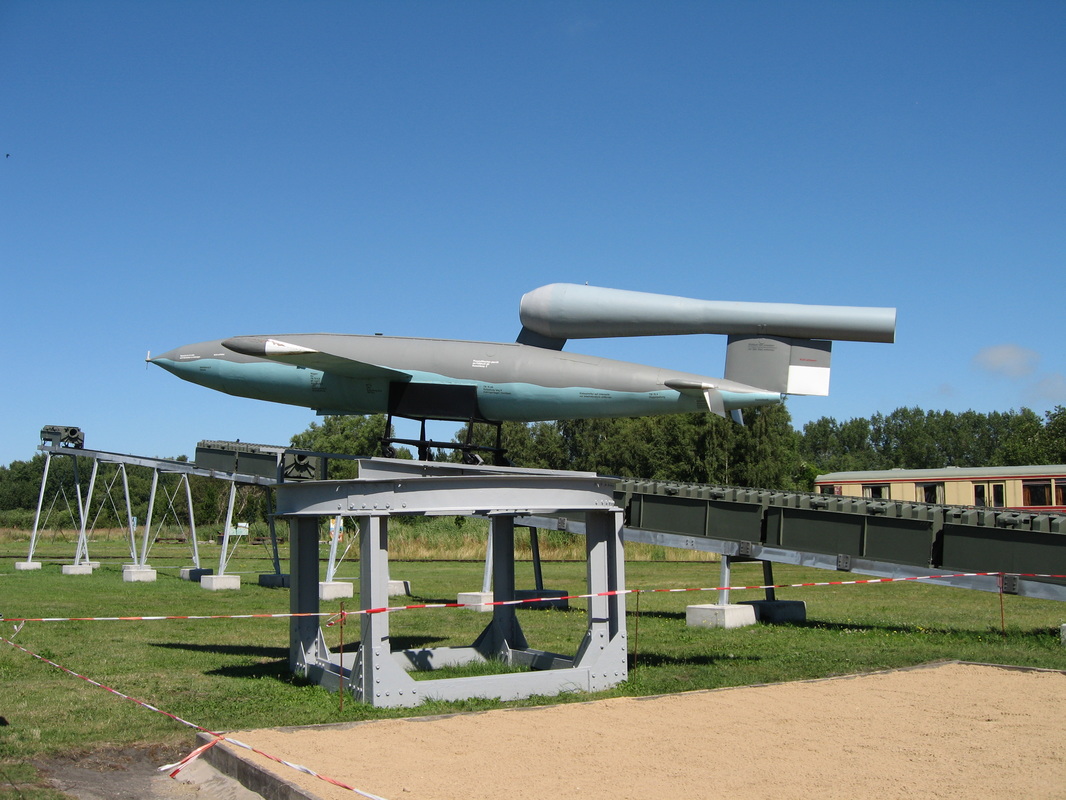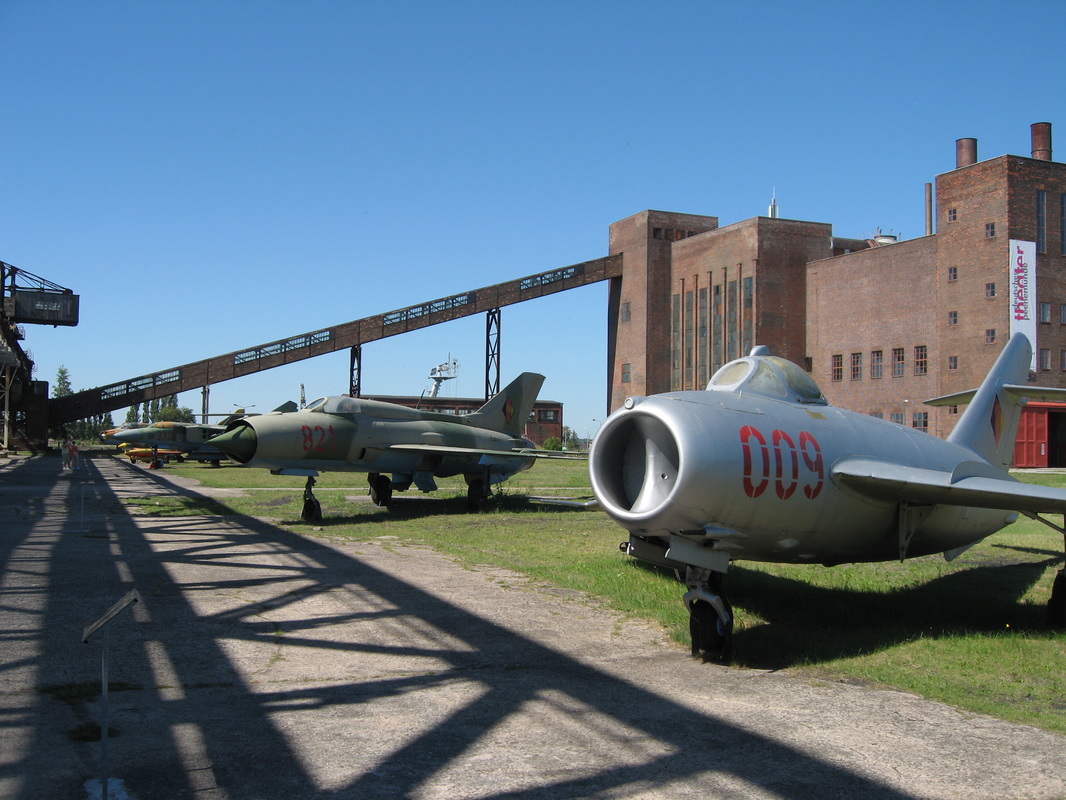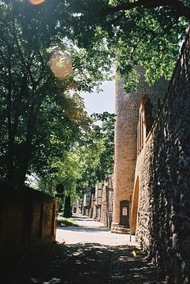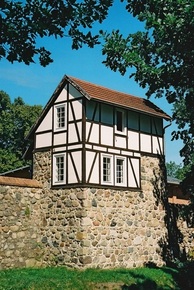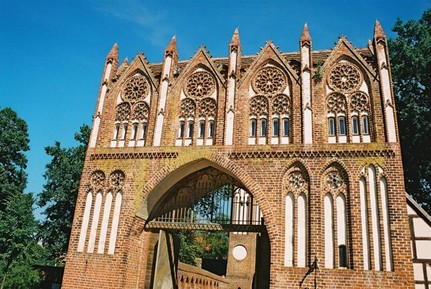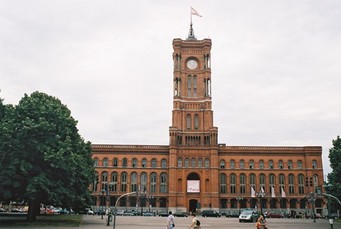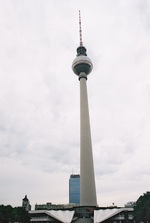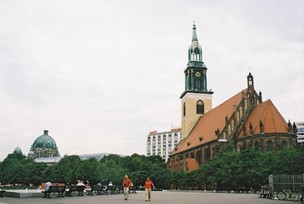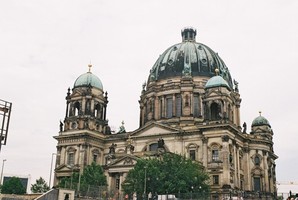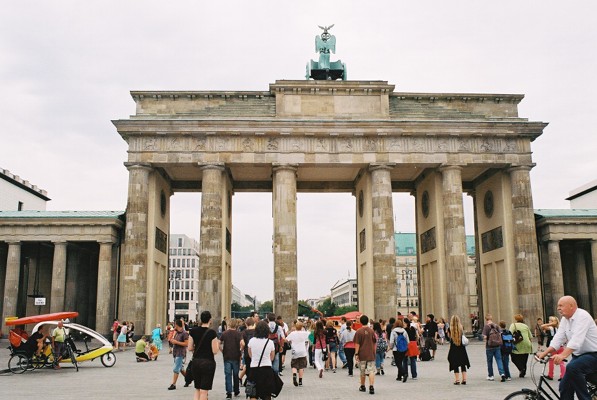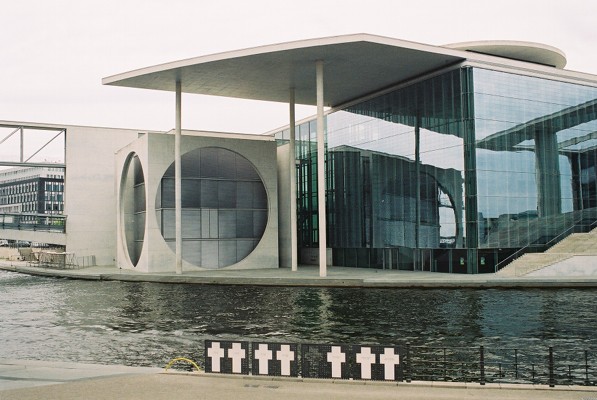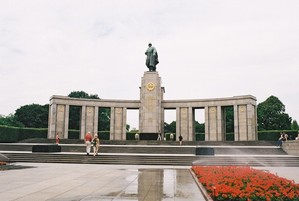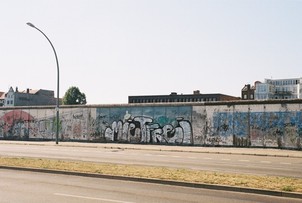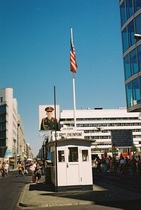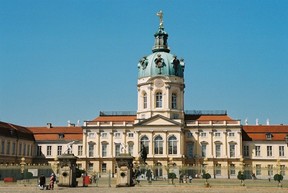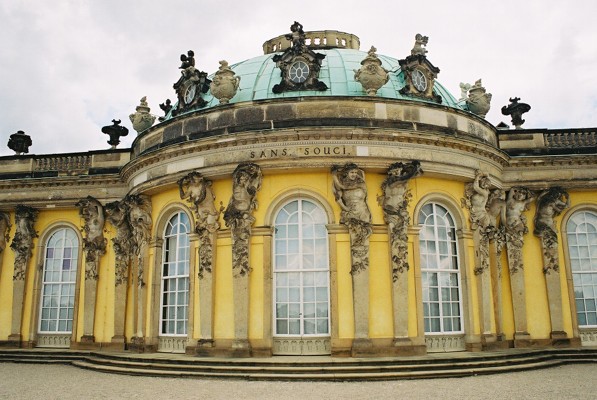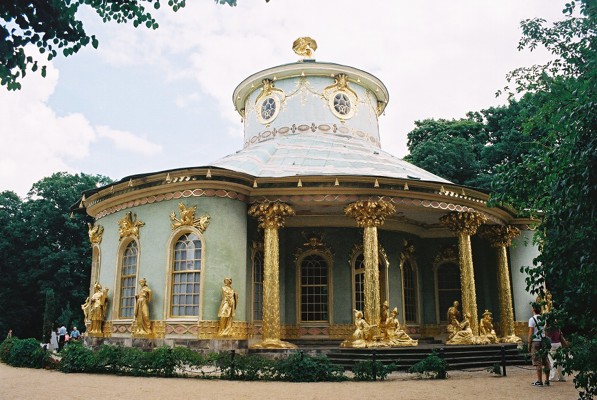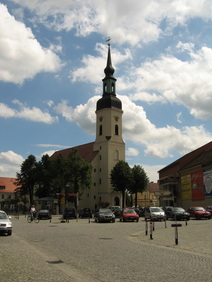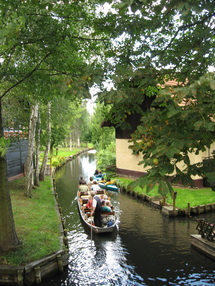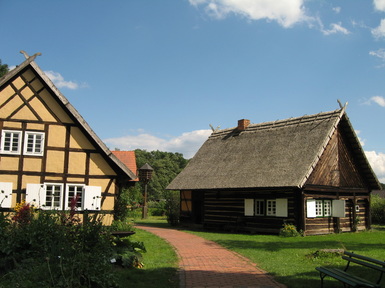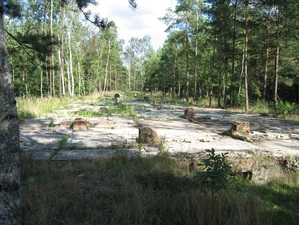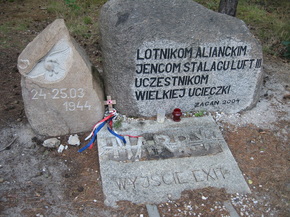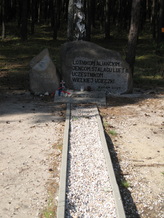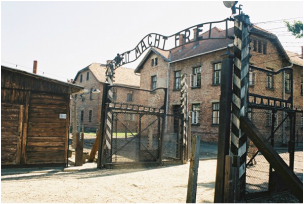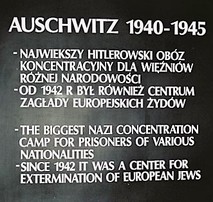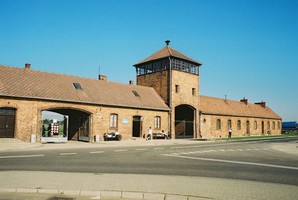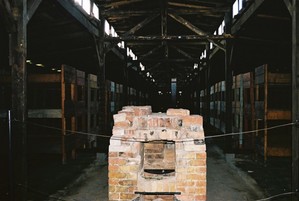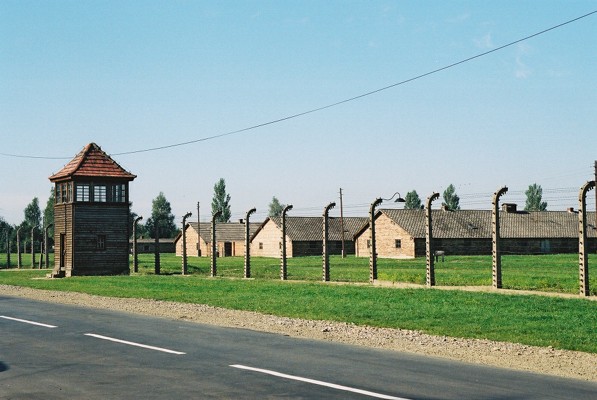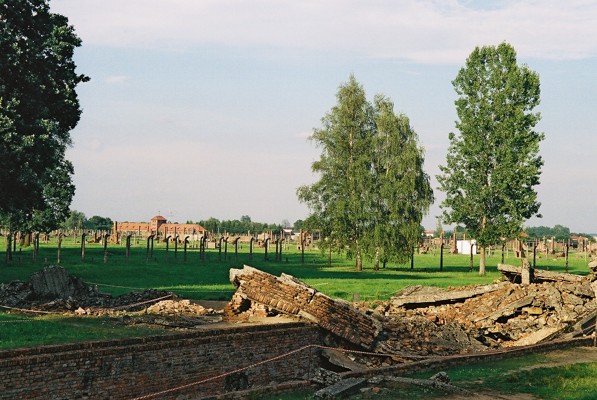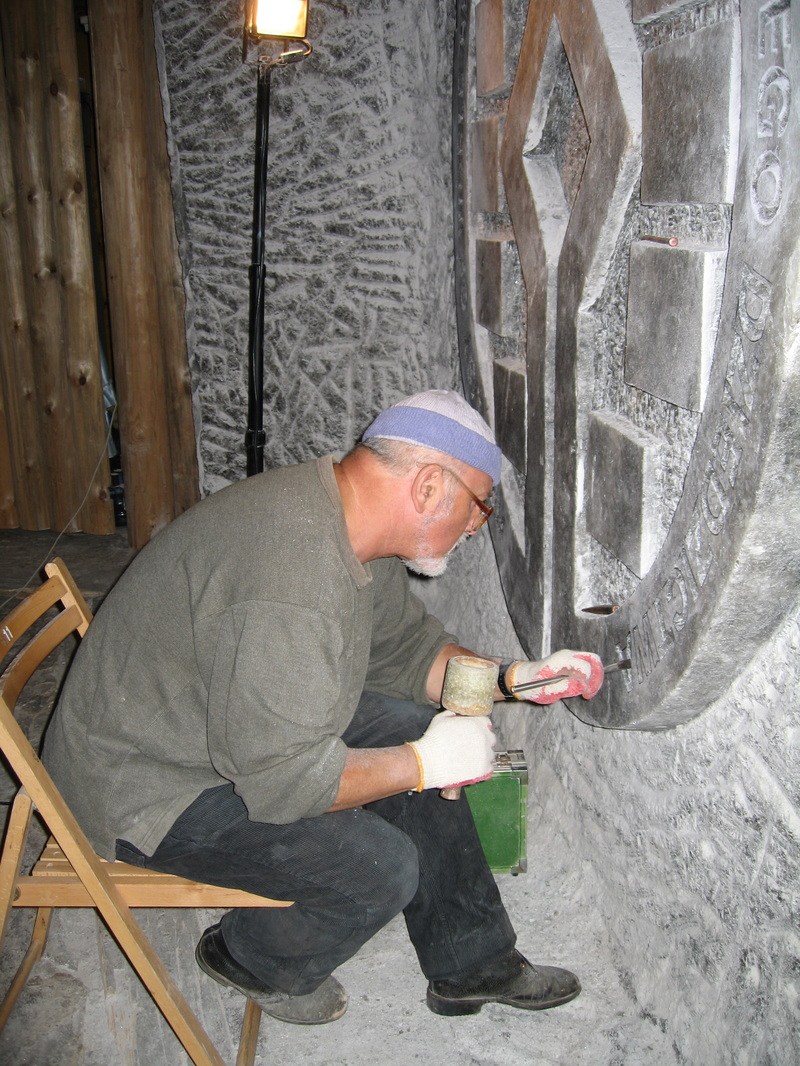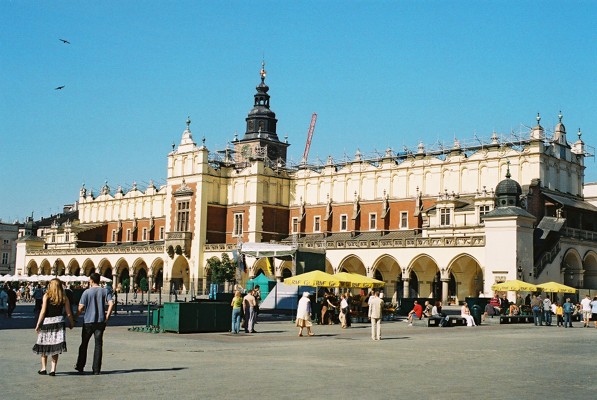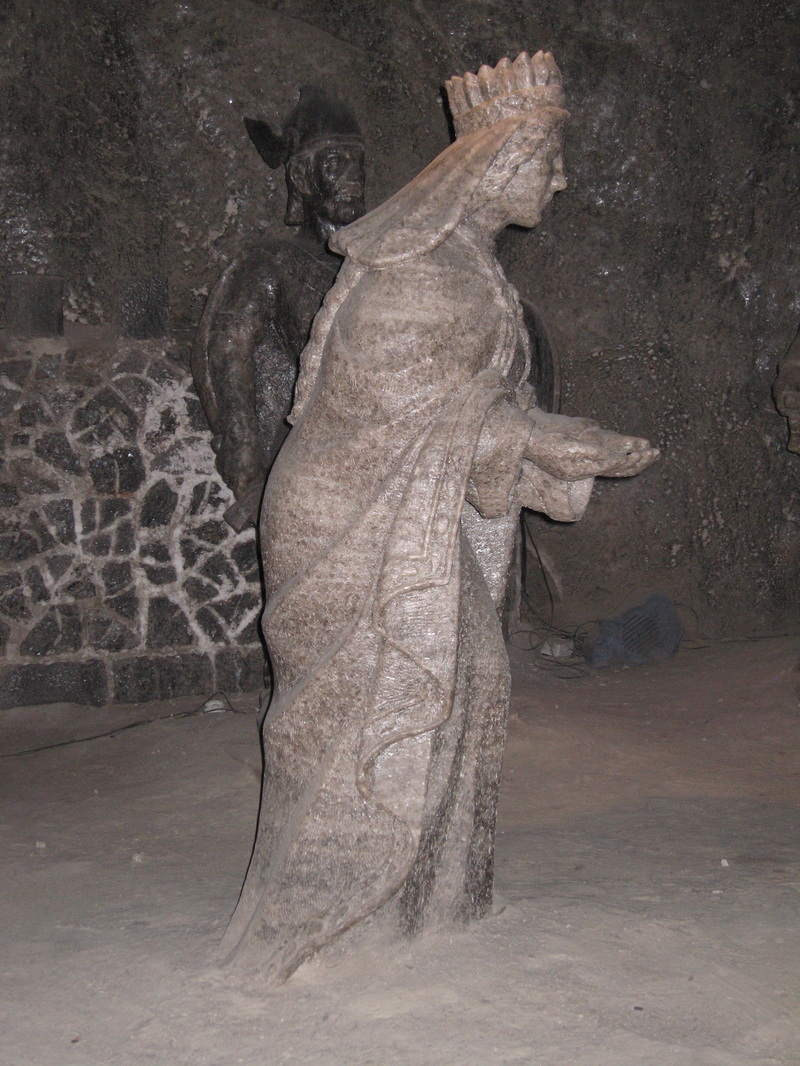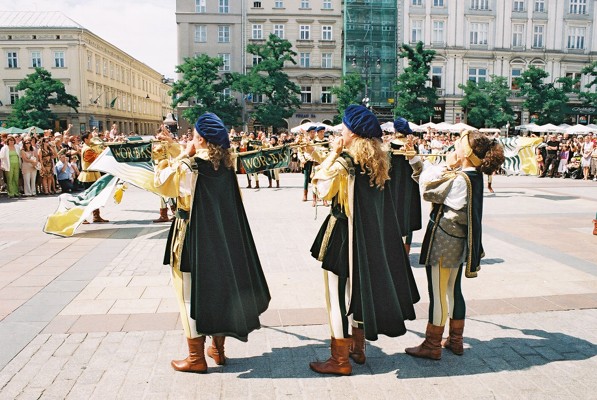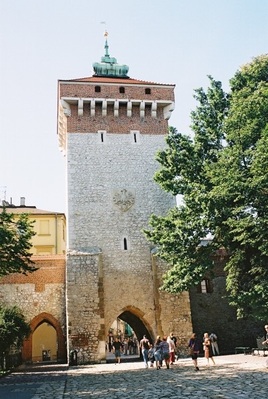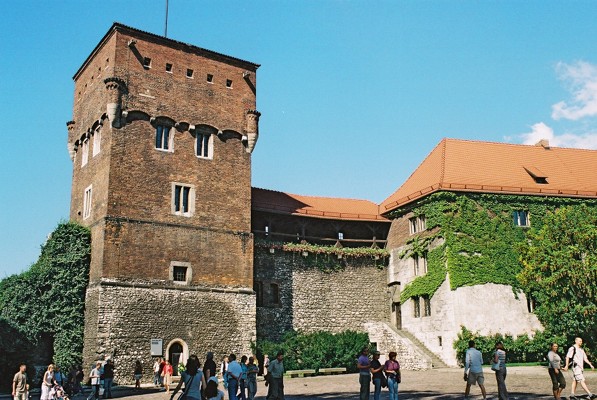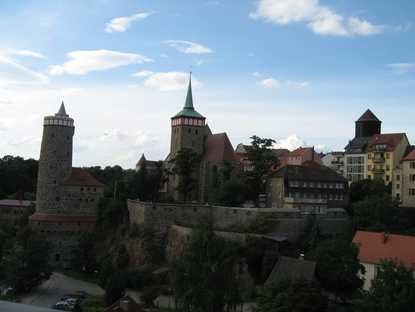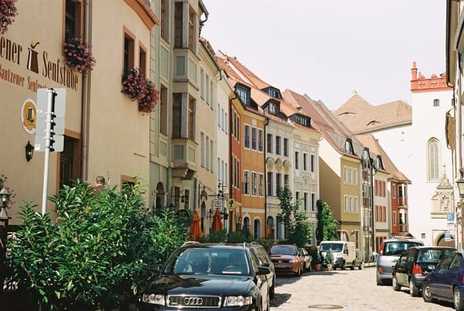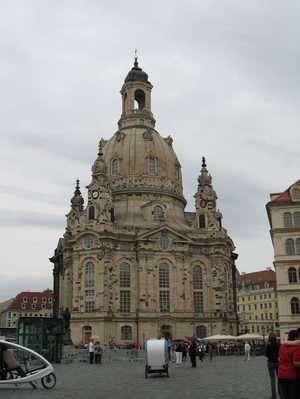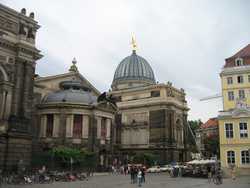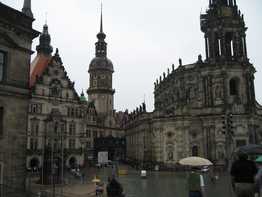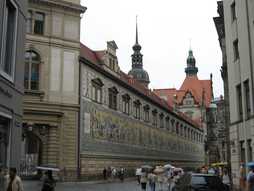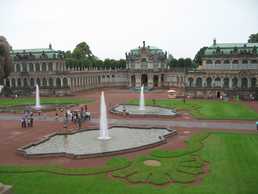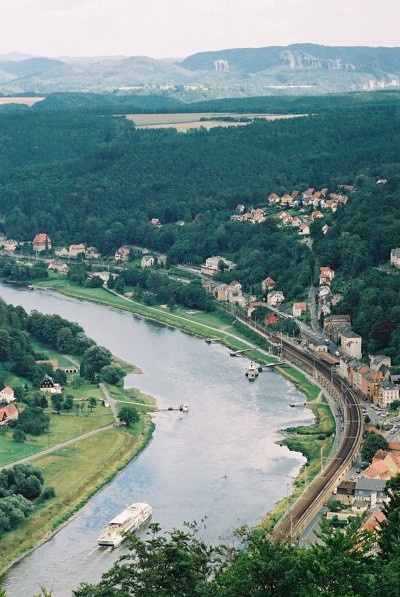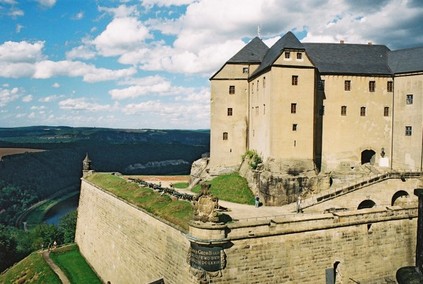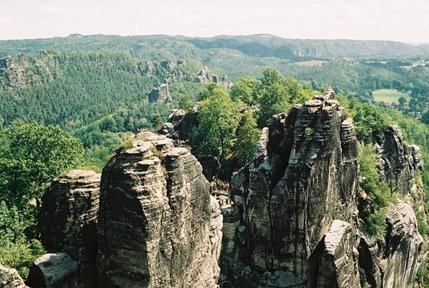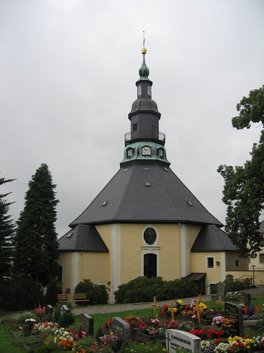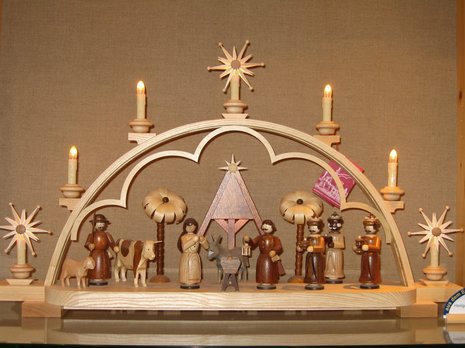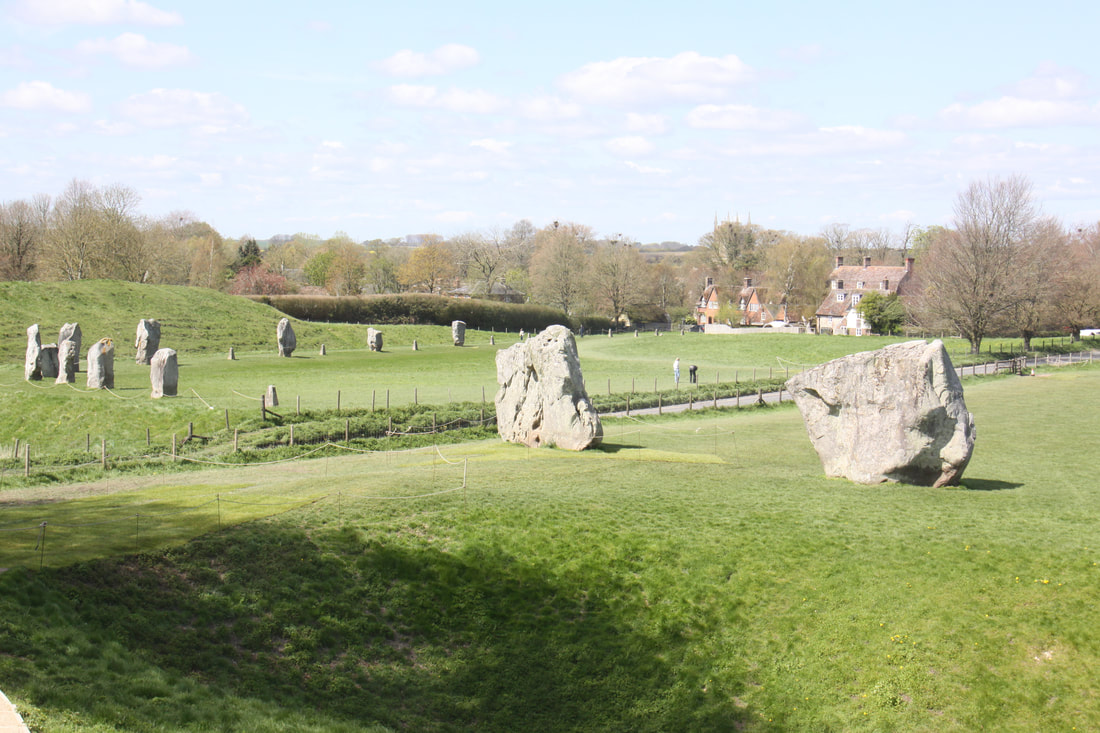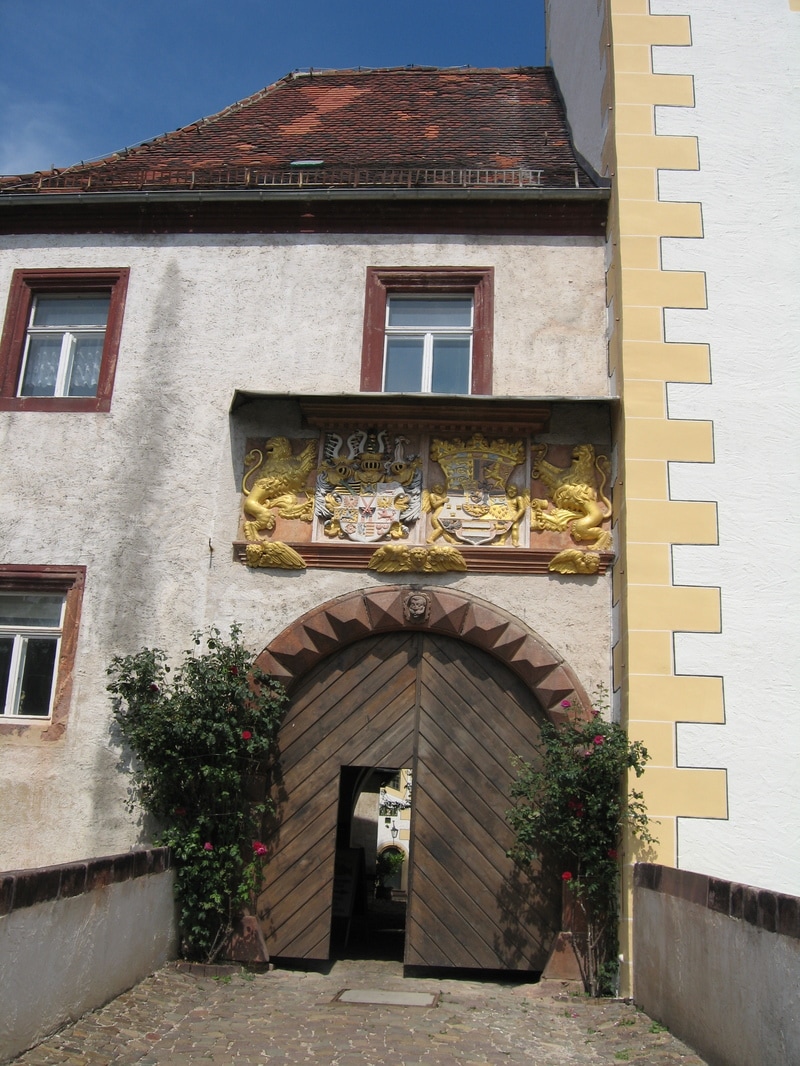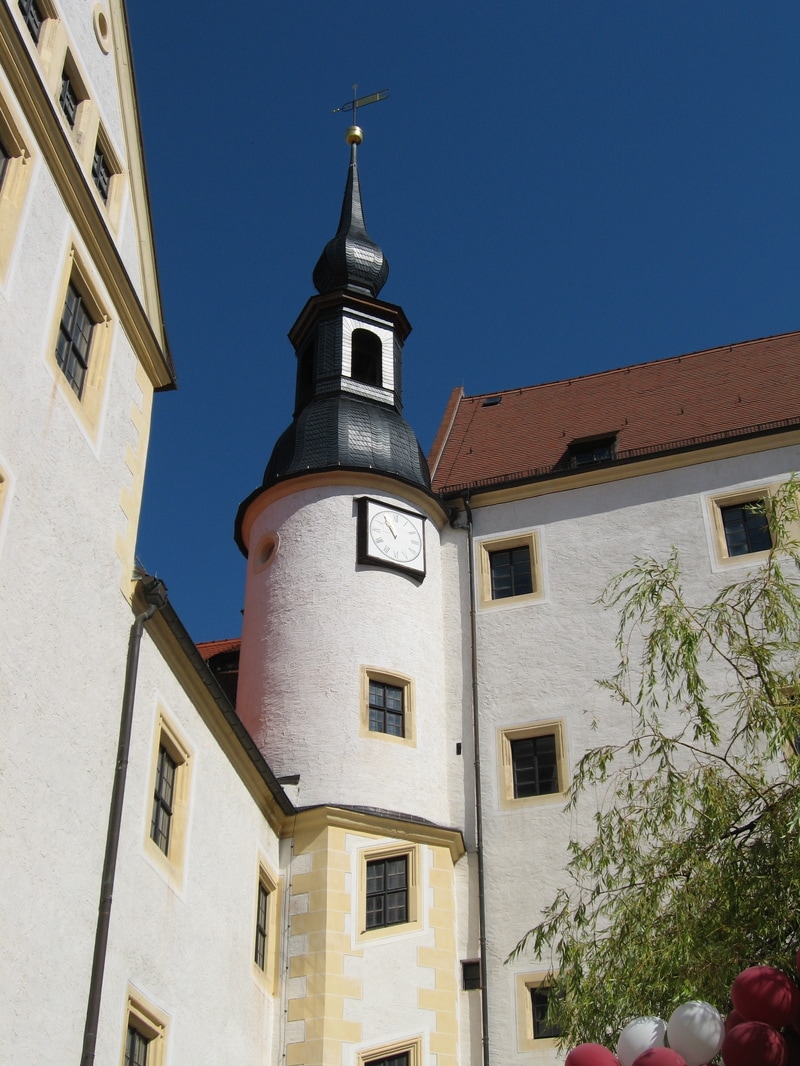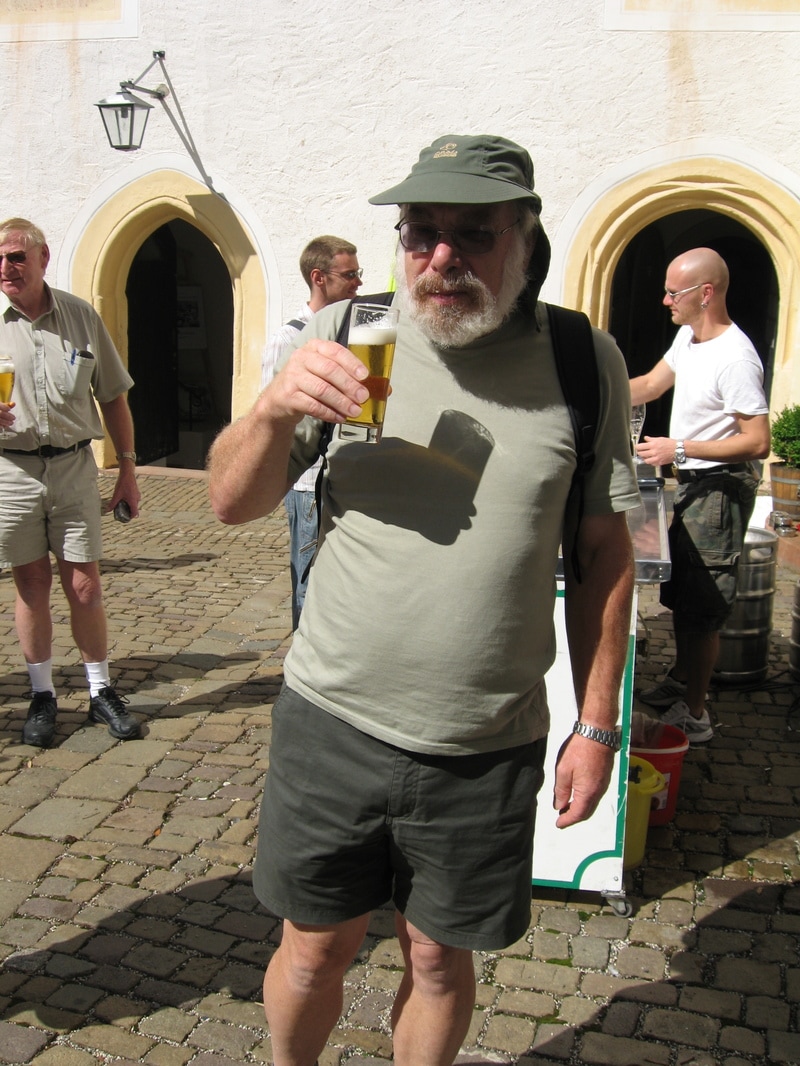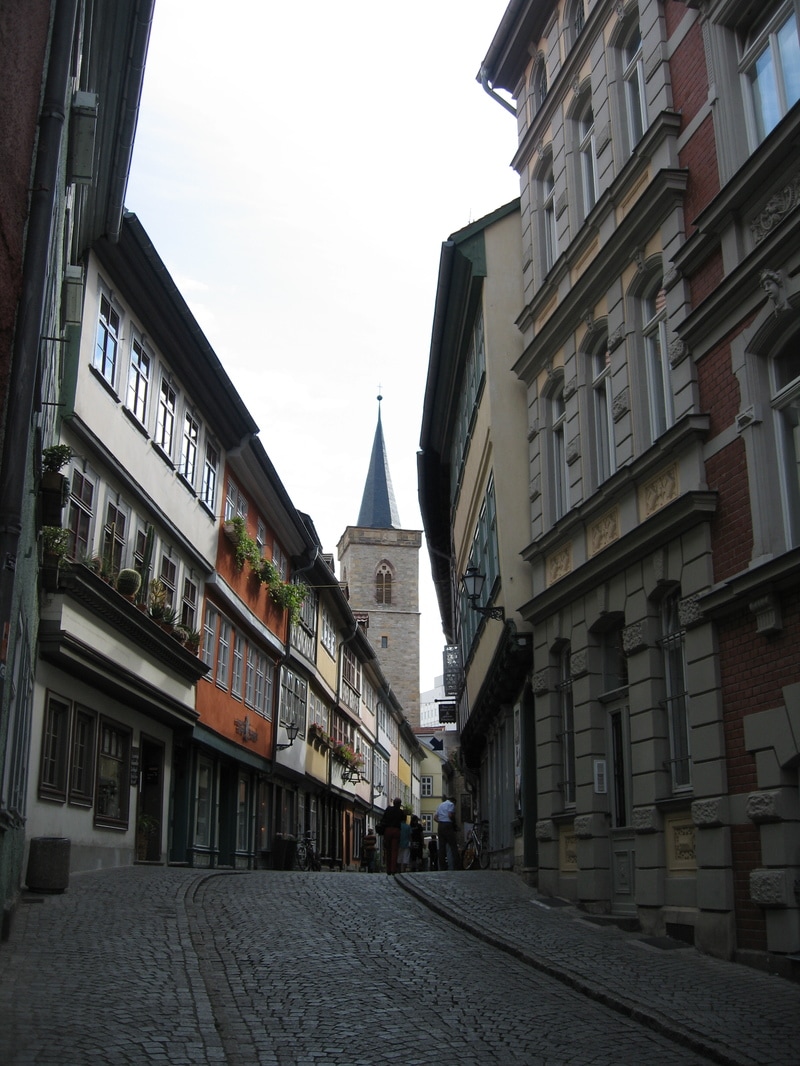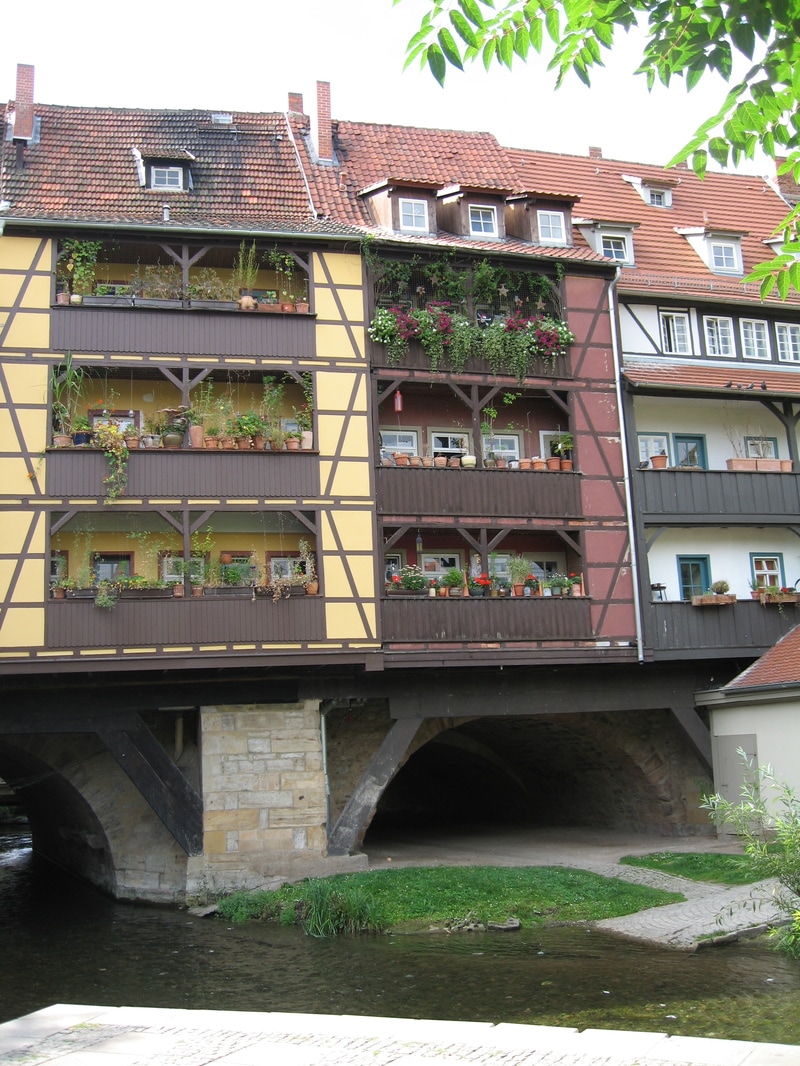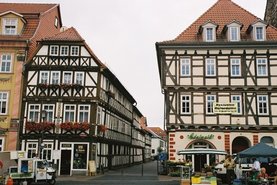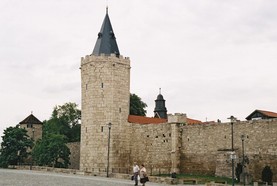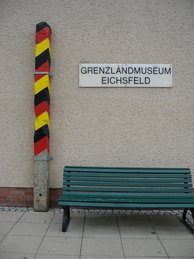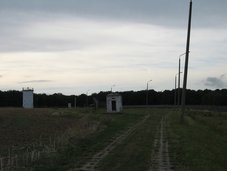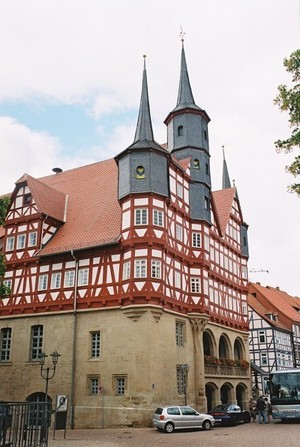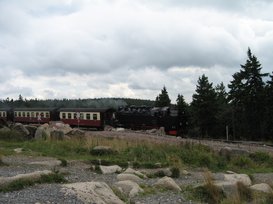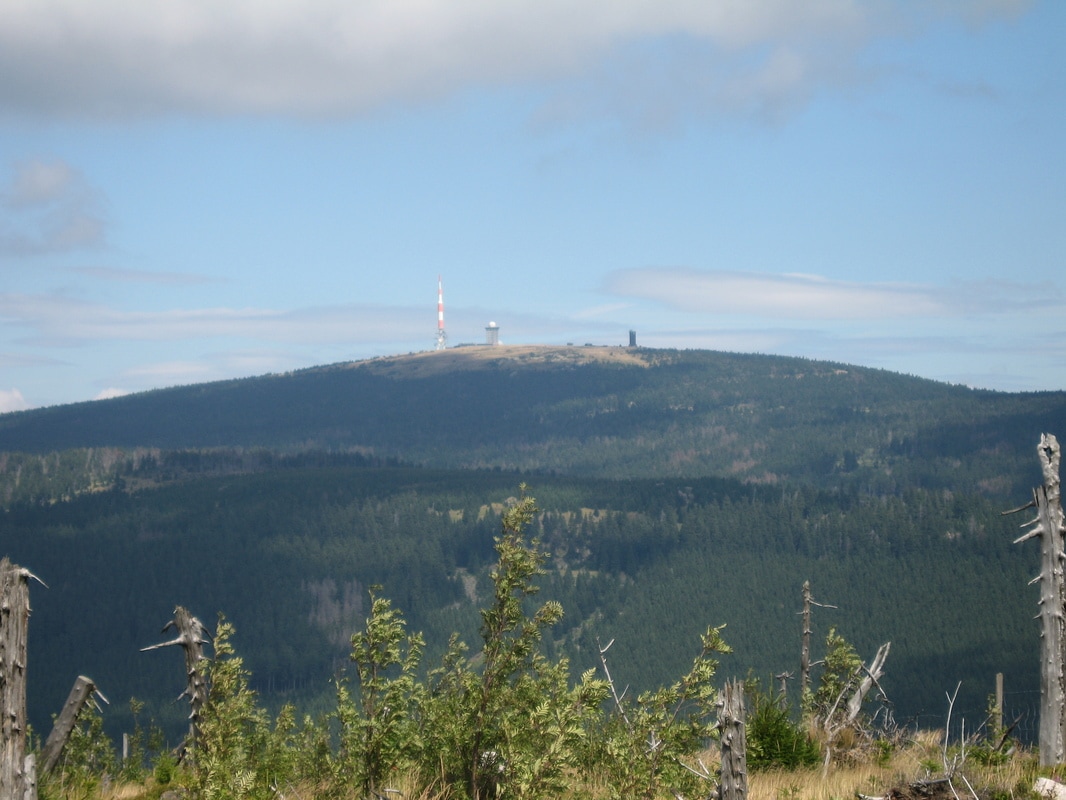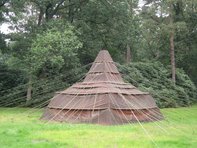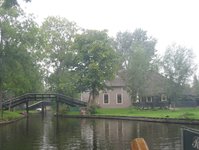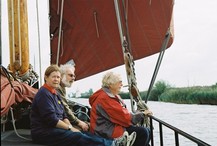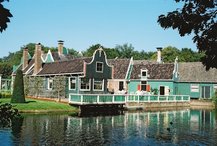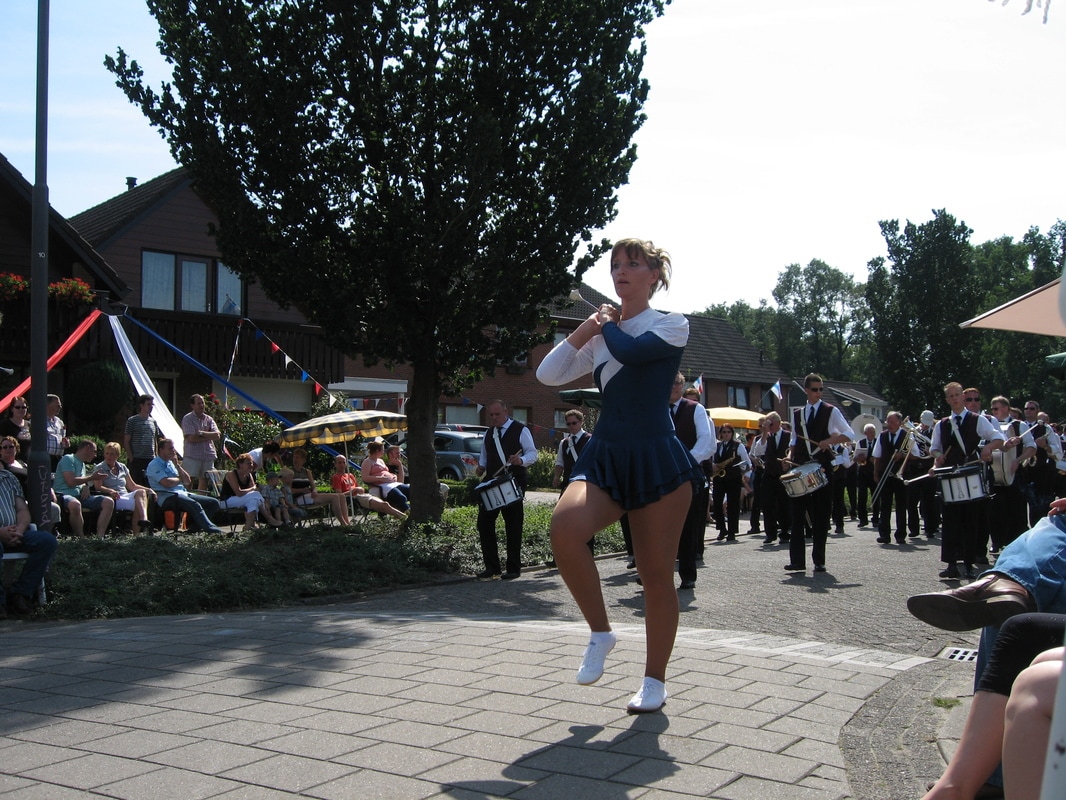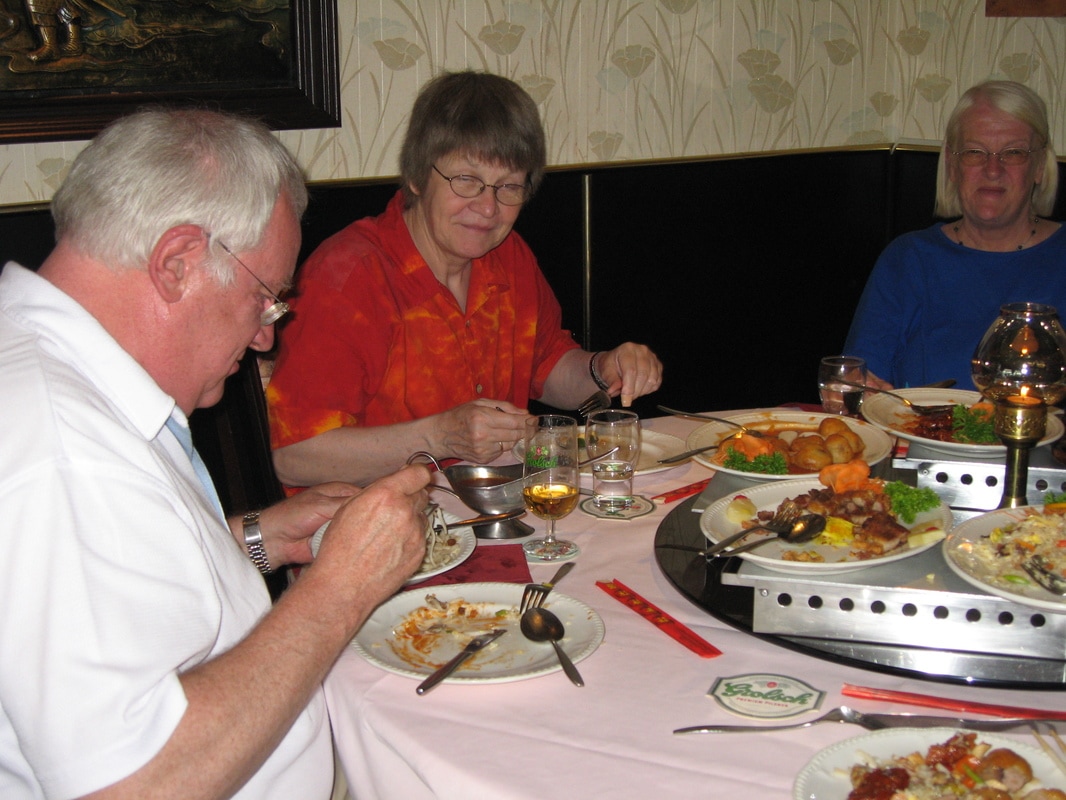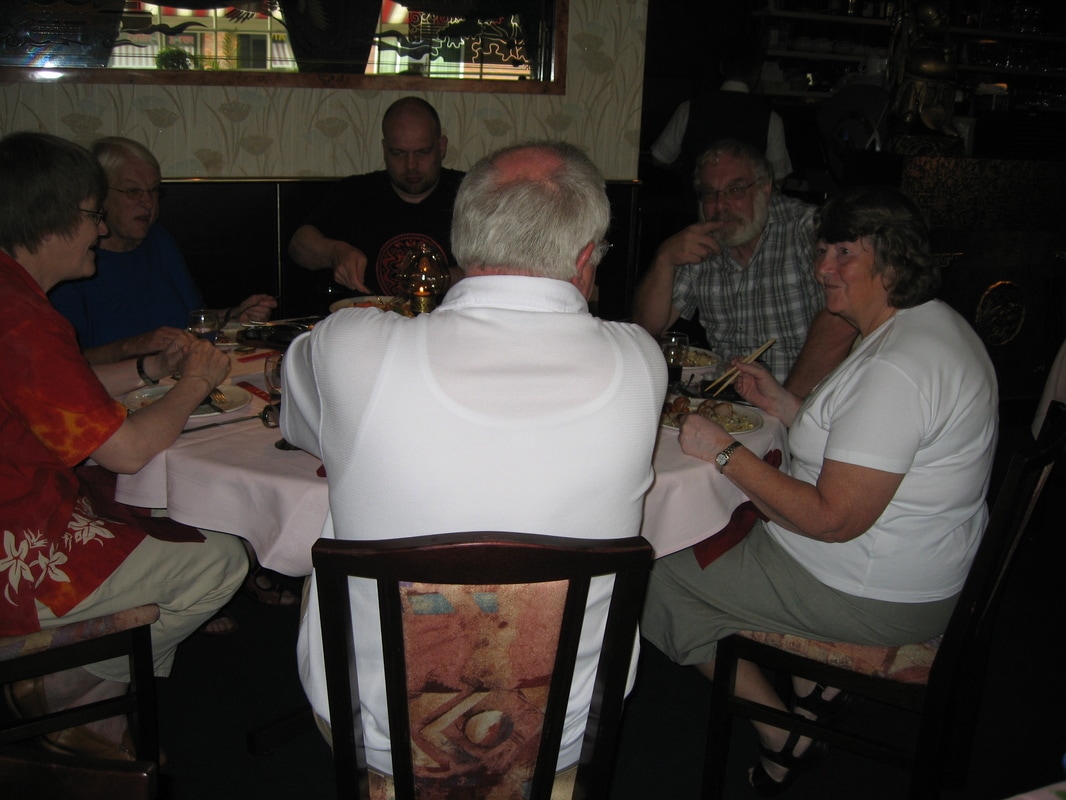Our First Trip
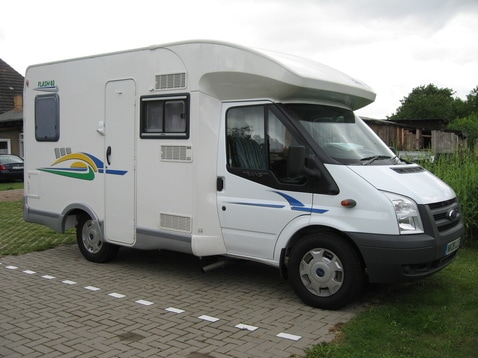
We bought Nicolle in June 2008. A couple of weeks later we set off on our first trip. Our plan was to explore the northern coast and islands off Germany, then visit Berlin before heading into Poland. We would then head to the Netherlands as we had arranged to spend a few days with our Dutch friend Rolien.
I had bought Sue a digital camera for her birthday. She had finally decided it was time to give up on film! We could now download our photos onto the computer and record our travels.
We headed to Germany and spent a few days walking on Luneburg Heath. We parked at Undeloh and walked across the heath to the traditional village of Wilsede, then onto Wilseder Berg, the highest point on the heath.
Our next port of call was the Hanseatic town of Stralsund. Stralsund withstood a siege during the Thirty Years War and was not captured, so remained under Swedish rule until 1815. Despite its turbulent history, 811 protected buildings have survived.
I had bought Sue a digital camera for her birthday. She had finally decided it was time to give up on film! We could now download our photos onto the computer and record our travels.
We headed to Germany and spent a few days walking on Luneburg Heath. We parked at Undeloh and walked across the heath to the traditional village of Wilsede, then onto Wilseder Berg, the highest point on the heath.
Our next port of call was the Hanseatic town of Stralsund. Stralsund withstood a siege during the Thirty Years War and was not captured, so remained under Swedish rule until 1815. Despite its turbulent history, 811 protected buildings have survived.
We then headed to the island of RÜgen. We had a magnificent walk across the island to the Konigsstuhl, through lovely shady woods, ending with superb coastal views. Saw the incredible KdF complex Prora, 4.5 km long, 6 storey holiday complex, part of Hitler's "Strength through Pleasure" ideology. Strolled along the streets of Binz admiring the wonderful Bäder architecture and visited the pier at Sellin.
Drove back across the causeway at Stralsund, visiting the lovely Hanseatic town of Greifswald before heading to the island of Usedom. Spent a whole day at the fascinating military museum in PeenemÜnde, home to the infamous V2 rockets that reeked havoc on London during the blitz and the MIG fighter planes.
Driving back over the causeway to the mainland on a Saturday afternoon was not the best plan as the traffic was absolutely horrendous.
A lorry threw up a stone which badly cracked our windscreen. We watched the crack get bigger. We parked in a layby to check the damage and whilst we were there a traffic policeman came and looked at the crack. He insisted that the damage was dangerous and we could not drive any further. We reluctantly headed into the nearest town and found a campsite.
Obviously we could not do anything until Monday. By now everywhere was shut up for the day and nowhere would be open on Sunday. We found a windscreen repair centre on Monday morning but they didn't have the right windscreen in stock so we had to wait until Tuesday.
Fortunately, the town of Neubrandenburg where we had to stay had plenty to interest us. It had been a prosperous trading centre until the Thirty Years War, after which it fell into disrepair. The town walls extend for 2.3km, interspersed with half-timbered houses known as Wickhäuser (there were originally 58 of which 24 survive). Four city gates are still intact and the Marienkirche which was damaged during World War II has been restored and is now used as a concert hall.
A lorry threw up a stone which badly cracked our windscreen. We watched the crack get bigger. We parked in a layby to check the damage and whilst we were there a traffic policeman came and looked at the crack. He insisted that the damage was dangerous and we could not drive any further. We reluctantly headed into the nearest town and found a campsite.
Obviously we could not do anything until Monday. By now everywhere was shut up for the day and nowhere would be open on Sunday. We found a windscreen repair centre on Monday morning but they didn't have the right windscreen in stock so we had to wait until Tuesday.
Fortunately, the town of Neubrandenburg where we had to stay had plenty to interest us. It had been a prosperous trading centre until the Thirty Years War, after which it fell into disrepair. The town walls extend for 2.3km, interspersed with half-timbered houses known as Wickhäuser (there were originally 58 of which 24 survive). Four city gates are still intact and the Marienkirche which was damaged during World War II has been restored and is now used as a concert hall.
Arriving a few days late to Berlin we were keen to start sightseeing. This was only my second visit to Berlin but Sue had been many times. Her first visits were before the Berlin Wall was built! She immediately took on the role of tour guide.
We spent the next few days visiting the major sites. The Red Town Hall, the Television Tower, Nikolai Quarter and the Marienkirche. The cathedral, Brandenburg Gate, the Reichstag and Soviet War memorial. My first visit to Berlin was when it was a divided city, so the parts I hadn't been able to visit then were particularly interesting, as was the remains of the Berlin Wall and the Checkpoint Charlie Museum. We spent a day at Charlottenburg Palace and Schloss Sanssouci in Potsdam.
We spent the next few days visiting the major sites. The Red Town Hall, the Television Tower, Nikolai Quarter and the Marienkirche. The cathedral, Brandenburg Gate, the Reichstag and Soviet War memorial. My first visit to Berlin was when it was a divided city, so the parts I hadn't been able to visit then were particularly interesting, as was the remains of the Berlin Wall and the Checkpoint Charlie Museum. We spent a day at Charlottenburg Palace and Schloss Sanssouci in Potsdam.
Heading towards the Polish border we stopped at LÜbbenau, the gherkin capital of Germany and took a boat trip on the Spreewald. We then spent the next day visiting the lovely open air museum at Lehde.
After crossing the border into Poland our first stop was Zagan, site of the Stalug Luft III POW Camp. As a boy I had been fascinated by the books and the stories of attempted escapes including the tunnels Tom, Dick and Harry. Spent the rest of the day exploring the site. We were a little concerned as we stayed rather too long and had no idea where we were stopping for the night. Not a problem. Museum staff said we could park overnight on their carpark. We had an added bonus. British Army Engineers were reconstructing a replica of one of the accommodation blocks so we had an armed guard all night!
Next day we took a long walk through the woods, discovering remnants of buildings, tunnel exits and railway tracks. We then headed to Auschwitz/ Birkenau. This was a very moving experience.
On a previous visit to Poland we had visited Hitler's Lair, his secret headquarters. There was an aura of evil there, absolute silence, nothing moving. Auschwitz was the same. We visited the site, spending the whole day there and slept overnight in the car park, a very restless night knowing how many millions of troubled souls must have been present. Continued our tour round the site next day.
On a previous visit to Poland we had visited Hitler's Lair, his secret headquarters. There was an aura of evil there, absolute silence, nothing moving. Auschwitz was the same. We visited the site, spending the whole day there and slept overnight in the car park, a very restless night knowing how many millions of troubled souls must have been present. Continued our tour round the site next day.
On our way to Krakow we visited the Wieliczka Salt Mines, watched the Salt Carver at work and viewed the salt carvings. We then spent the next few days exploring Krakow.
Returning to Germany we visited the lovely little town of Bautzen before heading to Dresden.
Built on a rocky outcrop overlooking the river Spree, Bautzen has exceptionally well maintained walls and towers and some fine old buildings. We enjoyed a walk round the walls and a gentle stroll through the town.
Our visit to Dresden coincided with a spell of torrential rain. Despite getting absolutely soaked, we spent a day visiting the sights - the Fraenkirche, Kunstakadamie, Furstenzug, Residenzschloss and Hofkirche and finally Zwinger, Augustus the Strong's enormous Baroque esplanade surrounded by galleries and pavilions,
Continuing down the River Elbe we visited Konigstein with its immense fortress and imposing views and the amazing rock structures at Bastei.
Seiffen, famous for its wood carvings and nativity scenes, was our next stop. Our first visit was in 1994. Sue has a lovely carving of Seiffen church complete with a group of choir boys which comes out every christmas along with many other christmas decorations we have bought there.
We also visited Colditz Castle in 1994. On that visit we had to walk up the hill to the muiseum to collect the key! The curator opened up and showed us round the inner courtyard. Much more has been opened up now. An added bonus was that a wedding had taken place there the day prior to our visit. Catering staff were packing everything away and I was offered a free beer!
We stopped briefly at Erfurt, founded by the English missionary Wynfrith (later St. Boniface) in 742, with its cobbled streets, fine old buildings and the Kramerbrucke, upon which the half-timbered houses with their steeply pitched roofs are still occupied, before spending a few days at Muhlhausen with its charming old town and almost intact town walls.
At Eichsfeld we crossed the former border between East and West Germany. We enjoyed wandering around the museum and then took the trail that follows the border. We then stopped off at Duderstadt before heading for the Harz Mountains. When Sue and I lived in Germany we were very close to the Harz mountains and spent many weekends there, walking in summer and skiing in winter. This time we visited Wurmberg, Goslar and took the train up the Brocken.
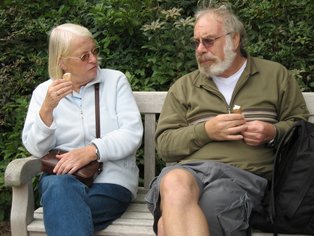
We spent a few days with our friend Rolien in the Netherlands. We visited the Hoge Veluwe National Park where we rented bicycles and Giethorn where we took a boat ride round the canals. We took a trip to Friesland and sailed on the "Aleida Hendrika", a lovely old dutch sailing barge. We spent a day at the Open Air Museum in Harnhem.
On the sunday we enjoyed the summer parade in Markelo where Rolien lives, finally enjoying a chinese meal with Rolien, her brother Henk and his wife Chris and Rolien's son Albert.
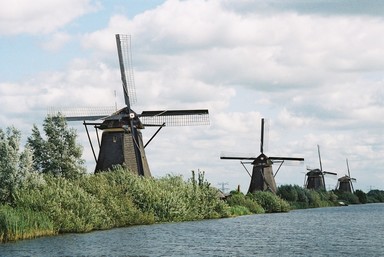
On our final day in Holland we had a walk alongside the dyke
and viewed the wonderfull windmills at Kinderdijk staying
overnight on the new stellplatz by the car park.
